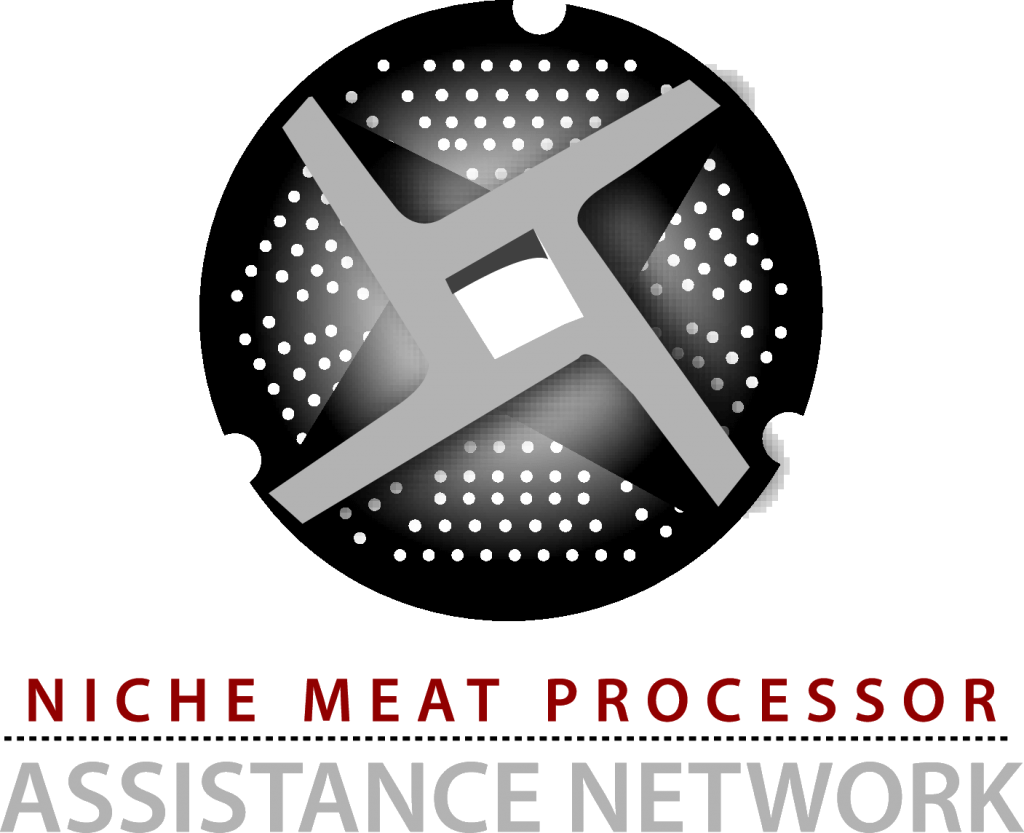According to the USDA, an animal is considered kosher if it is a ruminant (“chews the cud”) and has split or cloven hooves. For red meat, this means only the flesh of deer, antelope, goats, sheep and bovines can be kosher. Chicken, turkey, duck and goose (i.e. not birds of prey) can also be kosher.
To be certified as kosher, an animal must be slaughtered humanely by a specially trained Jewish male who is called the “shochet.” The Shochet is trained to use a special knife, called the “chalef,” to rapidly cut in a single stroke the jugular vein and the carotid artery without burrowing, tearing or ripping the animal. The knife is checked regularly for any imperfections which would invalidate the slaughter. This process when done properly leads to a rapid death of the animal. A sharp cut is also known to be less painful.
After slaughter, a specially trained inspector examines the carcass for defects — for example, tears in specific organs — that may render it non-kosher.
For meat to be labeled and sold as kosher, the slaughter and processing plant must be certified as kosher by an accredited certification organization. Major certifying agencies include Organized Kashrush Laboratories or “OK Labs” Union of Orthodox Jewish Congregations’ OU Kosher, KOF-K Kosher Supervision and Star-K Kosher Certification.
All slaughterhouses, kosher or non-kosher, must comply with USDA meat and poultry regulations. These regs have certain exemptions for kosher slaughter and processing that do not affect the wholesomeness of the product.
Adapted from T. Grandin & J.M. Regenstein (1994) “Religious slaughter and animal welfare: a discussion for meat scientists” at http://www.grandin.com/ritual/kosher.slaugh.html And USDA Ag Exporter (1998) “What’s to Nosh? A Growing Market for Kosher Foods, That’s What,” available online from the National Agricultural Library.


